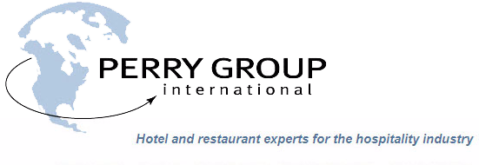Any restaurant industry expert is aware of the most important aspect of the craft when it comes to customers and patrons: safety in food handling. The problem is that not all foodservice employees are completely aware of how to actually carry out these tasks, which costs restaurants millions of dollars each each year, as well as – more importantly – millions of sick patrons. Unfortunately, of this group of sufferers, the ones who suffer most from mishandled food are children and the elderly, as a result of their weaker immune systems relative to healthy adults. You should consider the health of your patrons to be your most valuable asset. Best practices and tips for food safety management from a restaurant industry expert perspective include: Cooking food at the correct temperature is easily one of the most important things you can do to help assure the health of your patrons. Food as simple as nuts and peanut butter, for example, carries a risk of salmonella because of the high fat content; in fact, salmonella infection alone attacks over 40,000 people yearly. Roasted peanuts cut down on the risk drastically, which then also makes peanut butter made from the nuts safe. Because salmonella is such a serious bacteria and also occurs in meat, it is imperative as part of food safety practices to keep in place a system in your restaurant that eliminates moisture from the meat and/or peanut butter, so that the bacteria cannot take root and grow. Health departments and restaurant experts recommend 165 degrees as the minimum heating temperature to create an environment that’s too hot for salmonella; the food should not be kept outside for longer than two hours if uneaten. Constantly washing your hands during the preparation of food is an imperative that is often overlooked. If you work in a restaurant where you handle both meat and vegetables and fruit, then there could be bacteria in the uncooked meat before you apply the recommended 165 degree cooking temperature. This will kill the bacteria, but if any rubbed off on your hands and you next handle vegetables, your patrons may be in for a nasty surprise. Warm, soapy water does an excellent job of clearing your hands of bacterial debris, as well as sanitizing any utensils that are doing double-duty. One act you can take that has always reaped dividends when it comes to food safety is hiring a quality assurance manager. Of course, unless you run a giant, commercial-sized kitchen, this might not be necessary. Regardless, you have to stress consistency to your staff, such that proper handling and storage of food becomes second-nature. Spoilage dates must be catalogued, because time and temperature are the two most important factors when it comes to food safety. Bacteria need time to grow, as well as acceptable temperatures; controlling these two puts you on the right track to making sure your patrons don’t leave your restaurant sick. Since you’ve taken steps to ensure safe food handling practices, feel free to highlight this aspect of your restaurant. Consumers feel more comfortable when there’s evidence that the restaurant has passed inspections with flying colors, so consider having a food consultant inspect your premises and give you an award if applicable. Post State safety certificates on the walls of and maintain an attractive, clean and inviting appearance during business hours. There’s a direct correlation between the appearance of cleanliness and actual cleanliness. Lastly, after measures have been implemented to assure the health of your patrons, a restaurant industry expert may recommend that any potential hazards – such as food allergens, gluten content, etc. – be noted on your menu or explained by staff when customers inquire about it. If nothing else, this protects you from litigation, because an adverse reaction to food containing gluten can be quite serious. The earlier step of cataloguing food you receive helps a great deal in protecting both your business and the people you serve.
Share this post





